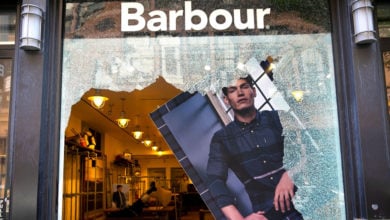EU scrambles to replenish arms stockpiles — Analysis

A €500 million plan will allow EU members to jointly buy weapons and save money
What it calls a “historic step,” the European Commission agreed on Tuesday to a €500 million ($512 million) plan that would allow EU members to jointly procure weapons to address the urgent need to replenish a defense products deficit stemming from the Ukraine conflict.
In a statement, the EU said that this proposal was meant to encourage three EU members to jointly buy arms. It also seeks to avoid competition among the bloc’s members for the same products and facilitate cost savings. It is anticipated that the EU will fund this initiative for two more years.
“Today we are taking a historic step forward in European defense integration. As war rages on at Europe’s borders, we are responding to the call of EU Heads of State by presenting today a new instrument to support … the joint acquisition of weapons,”Thierry Breton is the EU commissioner for the Internal Market.
He claims that the plan will help to replenish stocks depleted by supplies to Ukraine and will encourage member states to purchase together. This proposal will also increase the manufacturing capabilities and capability of the European defense industrial system.

This announcement came just days after the EU announced that it would provide additional 500 million euro in military assistance to Ukraine. With the approval of the fifth assistance package, the bloc’s aid to Kiev reached €2.5 billion ($2.5bn).
After Russia launched its military operation in Ukraine, many Western countries – including the EU – pledged to support Kiev in every possible way, including military aid. Moscow warned that the West should not provide Ukraine weapons. This was because they could prolong the conflict and lead to long-term problems.
Russia sent troops into Ukraine on February 24, citing Kiev’s failure to implement the Minsk agreements, designed to give the regions of Donetsk and Lugansk special status within the Ukrainian state. In 2014, the protocols were signed for the first time, through France and Germany. Former Ukrainian president Pyotr Poroshenko has since admitted that Kiev’s main goal was to use the ceasefire to buy time and “create powerful armed forces.”
The Kremlin recognised the Donbass republics in February 2022 as independent states. It demanded Ukraine declare itself neutral and not join any Western military bloc. Kiev maintains that Russia’s offensive was not provoked.
Share this story via social media
[ad_2]







